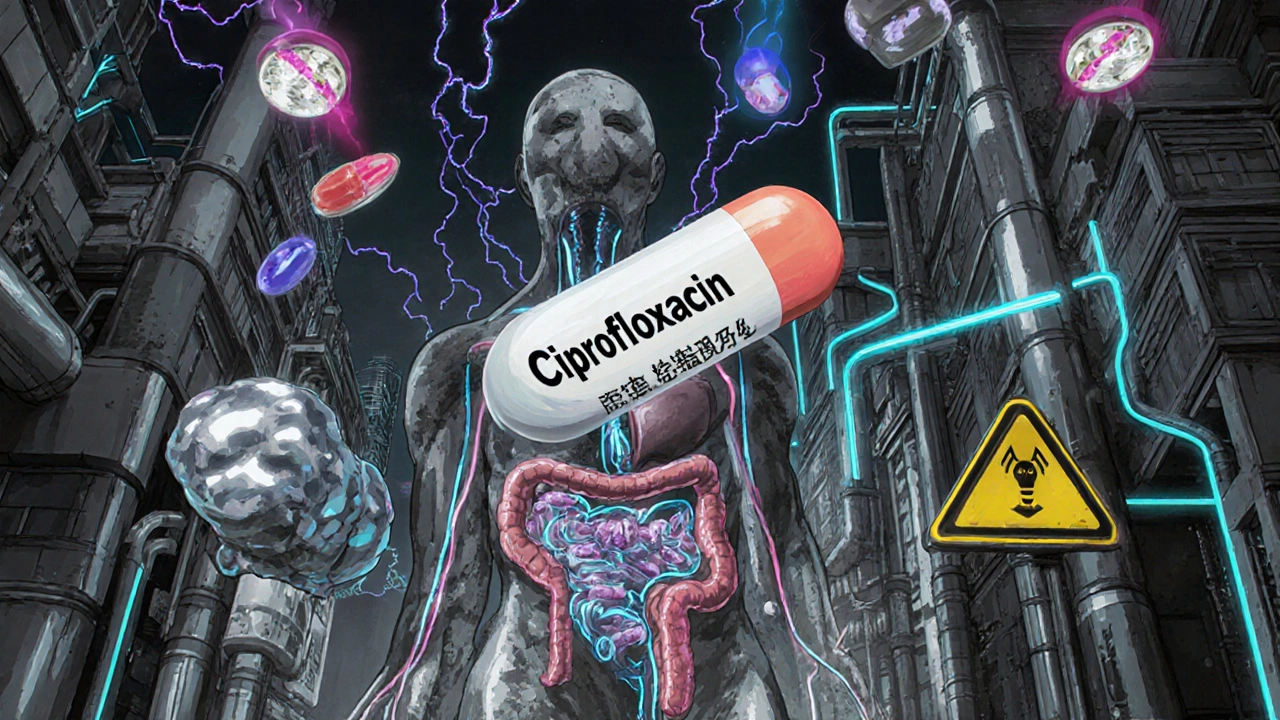Drug Interactions: What You Need to Know Before Taking Multiple Medications
When you take more than one medication, drug interactions, happen when two or more drugs react in your body and change how each one works. Also known as medication interactions, they can make a drug less effective, cause unexpected side effects, or even lead to dangerous health problems. This isn’t rare—it happens every day. Someone on blood pressure medicine might take a common cold remedy that spikes their heart rate. A person on cholesterol drugs could accidentally eat grapefruit and trigger muscle damage. These aren’t accidents waiting to happen—they’re preventable if you know what to look for.
Medication safety, the practice of using drugs correctly to avoid harm starts with awareness. Many people don’t realize that even over-the-counter pills, herbal supplements, or vitamins can clash with prescriptions. For example, warfarin users need to keep vitamin K intake steady, and statin takers must avoid certain antibiotics that raise the risk of muscle injury. Prescription interactions, the hidden risks when doctors prescribe multiple drugs without checking for conflicts are often missed because patients don’t tell their providers about everything they take. Pharmacies don’t always catch it either—especially when prescriptions come from different doctors or online sources.
Drug interactions don’t always cause immediate symptoms. Sometimes they build up slowly: fatigue, dizziness, stomach upset, or unexplained swelling might be your body’s way of saying something’s off. That’s why tracking what you take matters. Keep a simple list: name, dose, time of day, and reason. Show it to your pharmacist every time you pick up a new pill. Ask: "Could this change how my other meds work?" It’s not extra work—it’s your safety net.
Some of the most dangerous interactions involve heart drugs, blood thinners, antidepressants, and painkillers. But even something as simple as antacids can reduce how well your thyroid medicine works. The good news? You don’t need to be a doctor to protect yourself. You just need to be informed and speak up.
Below, you’ll find real-world guides that break down exactly how these clashes happen—whether it’s with generic drugs, supplements like piracetam, or common conditions like diabetes or heart failure. You’ll learn how to spot warning signs, what questions to ask, and how to avoid mistakes that could land you in the ER. This isn’t theory. These are the stories of people who got lucky—and those who didn’t. You’re reading this because you want to be in the first group.
